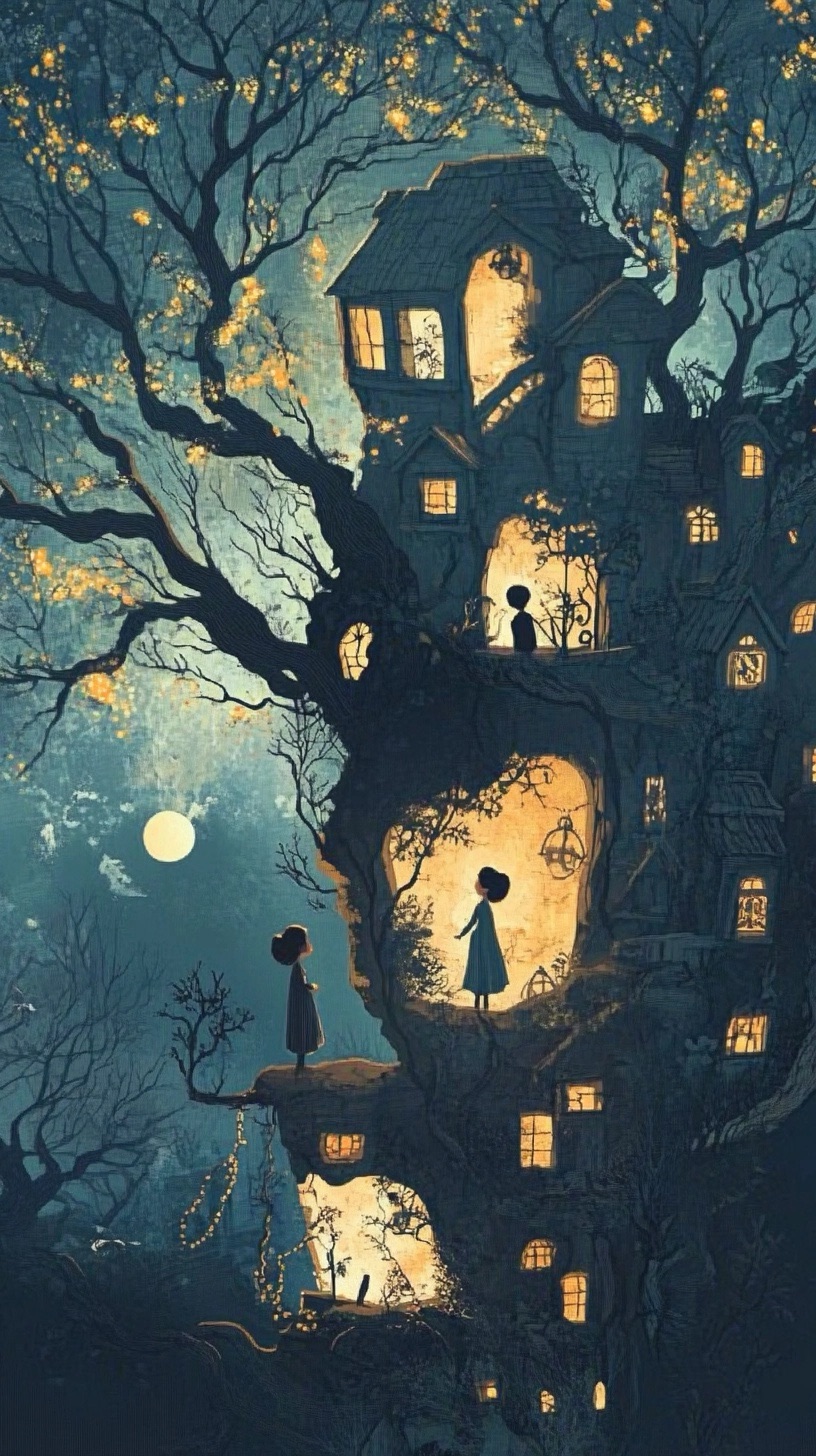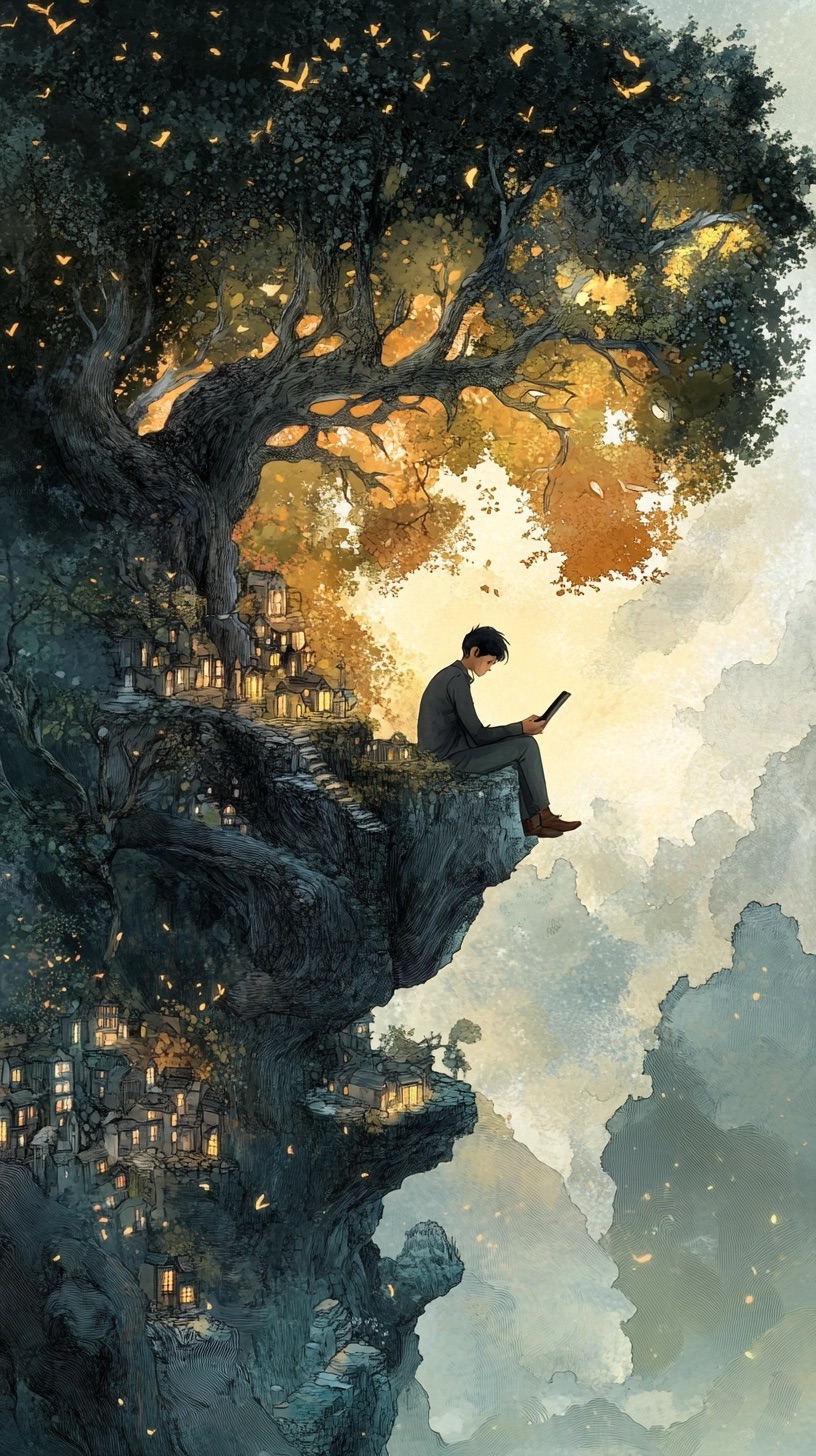
Introduction
Storytelling has always been at the heart of human communication. From ancient myths to modern films, stories have been used to pass down knowledge, entertain, and most importantly, teach lessons that transcend generations. But what is it about storytelling that makes it such an effective tool for conveying morals? Why do we find ourselves more moved by the tale of a flawed hero than by a simple list of ethical dos and don’ts? This essay explores the profound ways in which storytelling serves as a vehicle for moral education, emphasizing the unique power of narratives to shape our understanding of right and wrong.

The Innate Connection Between Stories and Morals
The Historical Role of Storytelling in Moral Education
Throughout history, storytelling has been the primary medium for transmitting cultural values and ethical norms. In societies without written language, oral traditions carried the wisdom of elders to younger generations. Stories were not merely for entertainment; they were the backbone of a community’s moral fabric. For instance, Aesop’s fables, though seemingly simple tales of animals, encapsulate profound moral teachings that have stood the test of time. The enduring nature of these stories suggests that there is something inherently powerful about storytelling as a means of imparting moral lessons.

The Psychological Impact of Stories
Human beings are naturally wired to respond to stories. Cognitive psychologists suggest that narratives engage multiple areas of the brain, making them more memorable and impactful than other forms of communication. When we hear a story, we don’t just passively receive information; we actively engage with it. We imagine the scenes, empathize with characters, and anticipate outcomes. This emotional and cognitive involvement allows the moral lessons embedded in stories to resonate deeply with us. We are more likely to remember and internalize these lessons because we have experienced them, albeit vicariously, through the characters and their journeys.

Why Stories Are More Effective Than Direct Moral Instruction
The Problem with Explicit Moralizing
Direct moral instruction, such as telling someone what they should or should not do, often falls flat. This approach can come across as preachy or condescending, leading to resistance rather than acceptance. When we are explicitly told how to behave, our natural instinct is often to push back, to question the authority of the speaker, or to dismiss the instruction as irrelevant or out of touch.

Stories as a Non-Confrontational Teaching Tool
In contrast, stories allow for a more subtle approach to moral education. By embedding lessons within the narrative, storytellers can guide audiences to discover these morals on their own. This process of discovery is crucial because it empowers the audience to arrive at conclusions independently, making the lessons more personal and meaningful. The story doesn’t force its moral on the listener; it simply presents a situation and invites the audience to draw their own conclusions. This non-confrontational method is particularly effective in engaging younger audiences or those who might be resistant to direct instruction.

The Role of Empathy in Moral Learning
One of the key reasons stories are so effective at teaching morals is their ability to evoke empathy. When we read or hear a story, we often put ourselves in the shoes of the characters. This empathetic connection allows us to experience the consequences of their actions as if they were our own. By living through the experiences of a character, we gain insight into the complexities of moral decision-making. We understand that actions have consequences, not just in a theoretical sense, but in a visceral, emotional way. This deep understanding is difficult to achieve through direct moral instruction alone.

The Narrative Arc and Its Influence on Moral Lessons
The Journey of the Protagonist
A well-crafted story typically follows a narrative arc, where the protagonist undergoes significant growth or change. This journey often mirrors the moral lesson the story aims to convey. The protagonist starts in a place of ignorance or moral ambiguity and, through a series of challenges, learns something profound about themselves and the world. This structure not only makes for compelling storytelling but also reinforces the moral lesson. As the protagonist evolves, so too does our understanding of the moral landscape.

The Role of Conflict in Moral Storytelling
Conflict is at the heart of any good story. It is through conflict that characters are tested, and their true nature is revealed. In the context of moral storytelling, conflict serves as the crucible in which ethical dilemmas are forged and explored. The choices characters make in response to conflict highlight the complexity of moral decisions. These moments of tension and resolution provide powerful insights into the nature of morality, showing that it is rarely black and white, but rather a nuanced spectrum of choices and consequences.

The Cathartic Effect of Resolution
The resolution of a story, where conflicts are resolved, and the protagonist’s journey comes to an end, often brings with it a sense of catharsis. This emotional release is crucial in reinforcing the moral lesson. The audience, having been taken on an emotional journey, is left with a lasting impression of the consequences of the protagonist’s choices. This resolution not only ties up the narrative but also solidifies the moral takeaway, leaving the audience with something to reflect on long after the story has ended.
Examples of Effective Moral Storytelling
Classic Literature
Classic literature is replete with examples of storytelling used to convey moral lessons. Consider Charles Dickens’ A Christmas Carol, a tale that explores themes of greed, redemption, and compassion. Through the character of Ebenezer Scrooge, Dickens illustrates the transformative power of generosity and the moral imperative to care for others. The story’s impact lies not just in its message, but in its ability to make us feel Scrooge’s despair and joy as our own.

Modern Film and Media
Modern storytelling, particularly in film and television, continues to be a powerful tool for moral education. Movies like Schindler’s List or The Pursuit of Happyness tell stories that challenge our understanding of morality and inspire us to reflect on our own values. These films do not preach; instead, they present complex characters and situations that compel us to think deeply about right and wrong. The visual and emotional power of film adds an additional layer of engagement, making the moral lessons even more impactful.
The Role of Cultural Context
It’s important to note that the effectiveness of moral storytelling can be influenced by cultural context. Stories that resonate deeply within one culture may not have the same impact in another. This is because moral values are often culturally specific, shaped by a society’s history, religion, and social norms. Effective moral storytelling must, therefore, be attuned to the values and beliefs of its intended audience. This cultural sensitivity ensures that the story’s moral lessons are not only understood but also embraced.

The Ethical Responsibility of Storytellers
The Power to Shape Beliefs
Given the power of storytelling to influence moral understanding, storytellers bear a significant ethical responsibility. They are not just entertainers; they are educators and influencers. The stories they tell can shape the beliefs and behaviors of their audiences, sometimes in profound ways. As such, storytellers must be mindful of the messages they are conveying and the potential impact those messages may have.
Balancing Entertainment and Moral Integrity
While storytelling must engage and entertain, this should not come at the expense of moral integrity. Stories that prioritize sensationalism over substance risk promoting harmful stereotypes or superficial values. On the other hand, stories that are too overt in their moralizing can alienate audiences. The challenge for storytellers is to strike a balance, creating narratives that are both compelling and ethically sound.
The Role of Diversity in Moral Storytelling
Diversity in storytelling is also crucial. A wide range of voices and perspectives ensures that moral lessons are not one-dimensional but reflect the complexity of human experience. By telling diverse stories, we can explore a broader spectrum of moral issues and provide audiences with a richer understanding of the world. This inclusivity not only enriches the storytelling landscape but also promotes empathy and understanding across different cultures and communities.

Conclusion
Storytelling is one of the most powerful tools we have for moral education. Through the art of narrative, we can explore complex ethical issues, evoke empathy, and impart lasting lessons in a way that is both engaging and impactful. Whether through ancient fables, classic literature, or modern media, stories have the unique ability to shape our moral understanding, guiding us toward a deeper comprehension of right and wrong. As we continue to tell and consume stories, we must recognize the responsibility that comes with this power, ensuring that the tales we weave contribute positively to the moral fabric of our society.
Leave a Reply